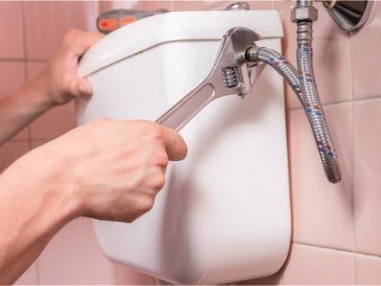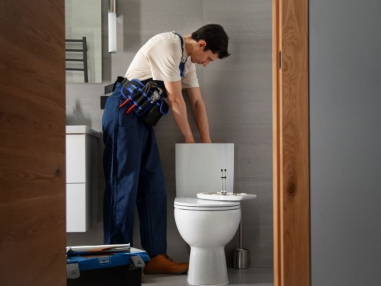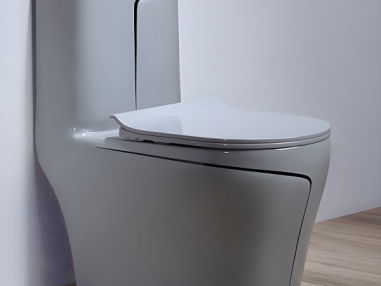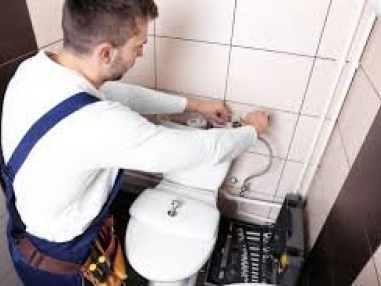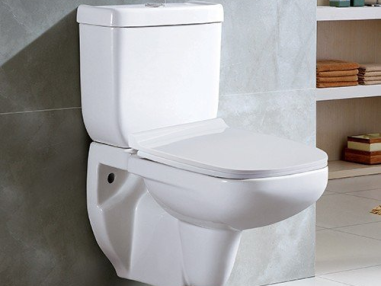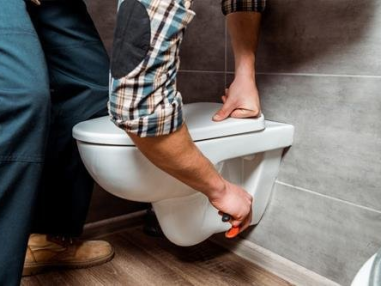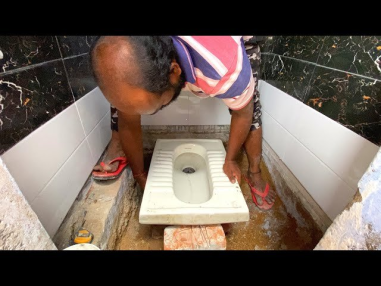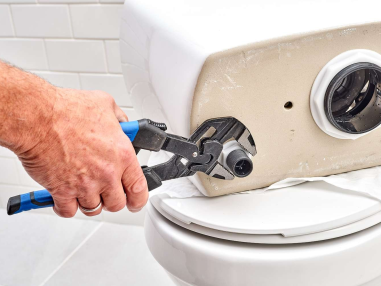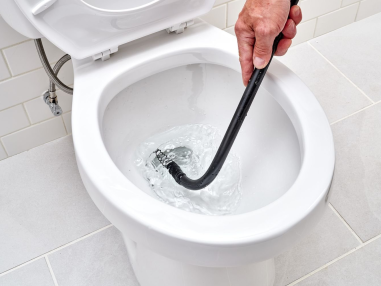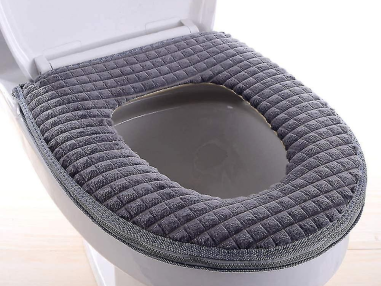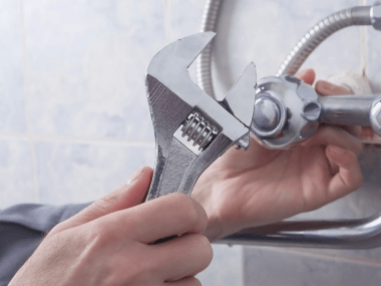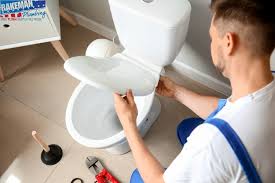
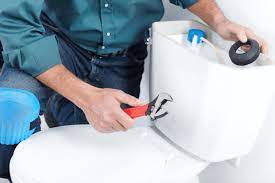
Repairing a concealed flush tank, also known as a cistern, can be trickier than a regular flush tank repair because the working parts are hidden behind a wall panel. While it might still be a DIY project for the adventurous, it requires a bit more planning and knowledge compared to an exposed tank. Here's a breakdown to help you decide
Suitable for Concealed Flush Tank Repair (if you have):
Good Plumbing Knowledge: Understanding how concealed cisterns work and the function of their internal components (fill valve, flapper valve, siphon, etc.) is
essential.
Access Panel or Tools for Removal: Most concealed cisterns have an access panel behind the toilet or require removing the toilet itself to access the working parts.
Make sure you have the necessary tools for this.
Replacement Parts: Having the appropriate replacement parts for the specific concealed cistern model is crucial. Consult your toilet manual or manufacturer if
possible.
Common Causes of Concealed Flush Tank Leaks:
Faulty Flapper Valve: A worn-out or damaged flapper valve can cause a constantly running toilet or leaks around the base of the tank.
Fill Valve Malfunction: A malfunctioning fill valve can lead to overflowing tanks or leaks around the valve itself.
Worn-out Gaskets: Gaskets around the fill valve or other connection points can deteriorate over time, causing leaks.
Steps Involved in Concealed Flush Tank Repair (General Overview):
Turn off the Water Supply: Locate the shut-off valve for the toilet and turn off the water supply completely. This prevents water flow while you repair the leak.
Access the Concealed Cistern: Identify the access panel behind the toilet or follow the manufacturer's instructions for removing the toilet itself to gain access to the cistern's internal components.
Identify the Leak Source: Carefully examine the cistern components (flapper valve, fill valve, pipes, connections) to pinpoint the exact location of the leak.
Repair or Replace the Faulty Part:
Flapper Valve: For a faulty flapper valve, replace it with a compatible model following the manufacturer's instructions.
Fill Valve: If the fill valve is malfunctioning, replace it with a new one ensuring proper connection and water level adjustment.
Gaskets: Replace worn-out gaskets with new ones, ensuring a proper seal at connection points.
Reassemble the Cistern: Put everything back together securely, following any disassembly instructions specific to your toilet model.
Turn on the Water Supply Slowly: Open the shut-off valve gradually and check for any leaks around the repaired area or connections within the cistern. Tighten if
necessary.
Test the Flush: Flush the toilet to check if the repair addressed the leak. Ensure the tank refills properly, the flapper valve seals the tank properly, and the
toilet flushes completely without leaks.
Important Considerations for Concealed Flush Tank Repair:
Taking Pictures or Notes: During disassembly, take pictures or make detailed notes to help you reassemble the cistern correctly.
Water Pressure Management: Be cautious when turning the water supply back on. Open the valve slowly to avoid pressure surges that might cause leaks.
Tightening Torque: Avoid over-tightening nuts or connections, as this can damage the components. Tighten snugly but firmly.
When to Call a Professional Plumber:
Limited Access or Difficult Disassembly: If your toilet model lacks a clear access panel or removing the toilet itself seems complicated, calling a professional
plumber is recommended to avoid damaging the unit or bathroom fixtures.
Hidden Leaks or Extensive Damage: Leaks originating from concealed pipes within the wall, or if the cistern itself is cracked or damaged, require a professional
plumber to assess the situation and recommend the best course of action (repair or replacement).
Complex Cistern Mechanisms: For concealed cisterns with pressure-assisted flushing systems or complex internal mechanisms, a professional plumber can diagnose and
repair the problem more efficiently.
Limited Experience or Confidence: If you lack confidence in your skills or feel uncomfortable working with concealed plumbing components, don't hesitate to call a professional plumber for a secure and lasting repair.
